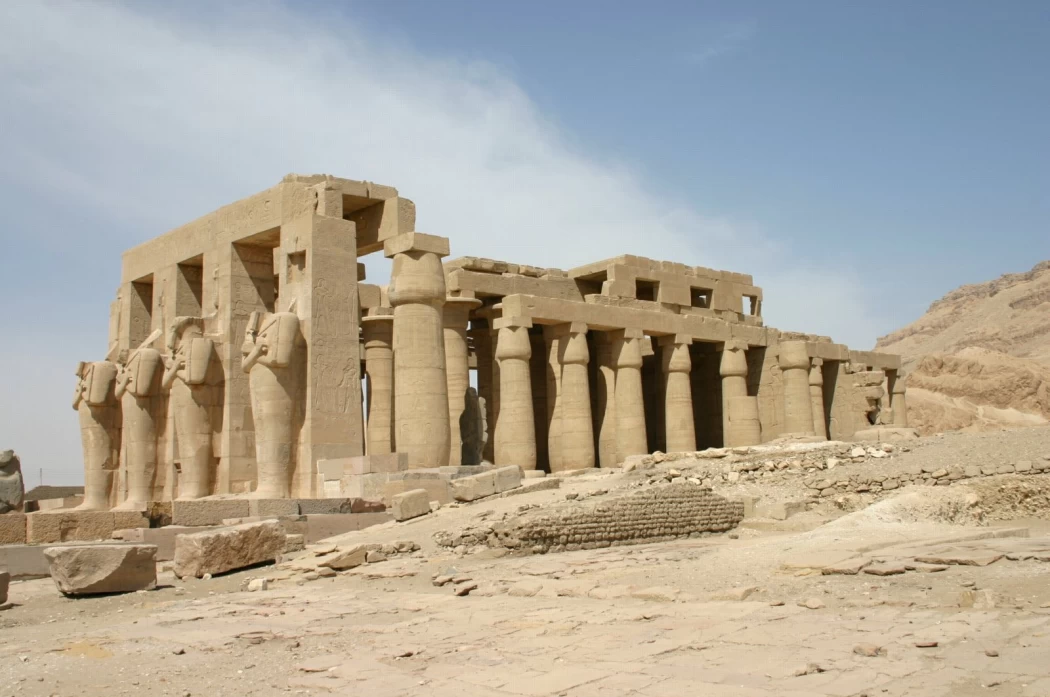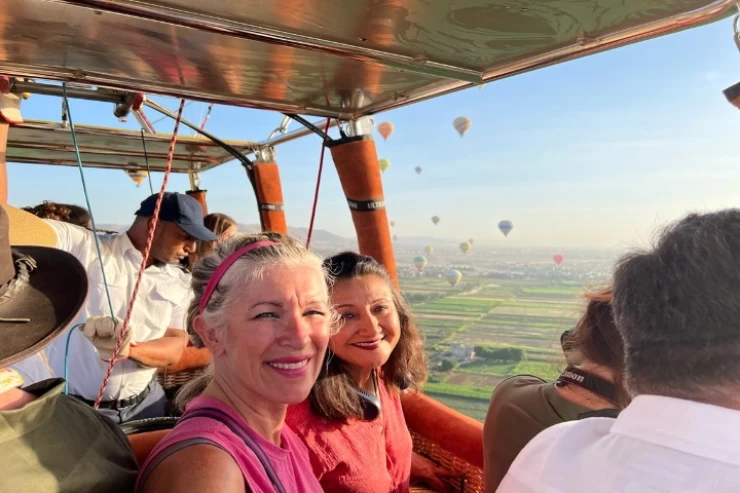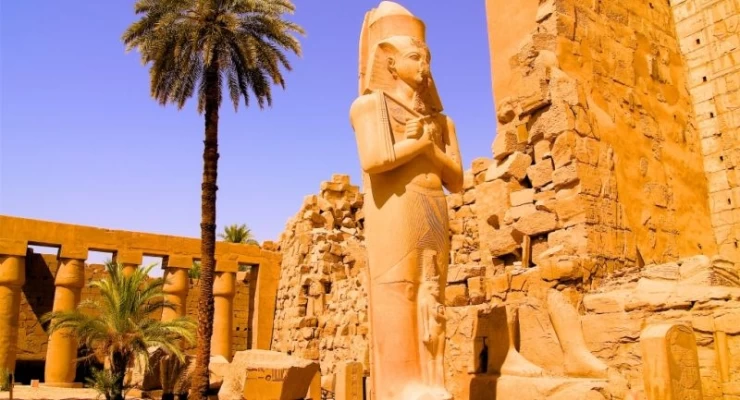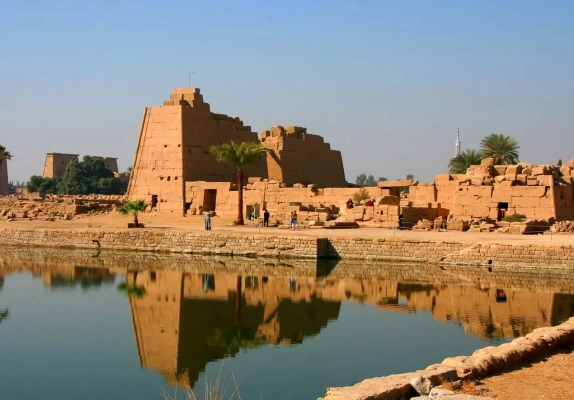
The Ramesseum in Luxor
Details on the Ramesseum in Luxor
The pharaohs Amenophis III and Ramses II ordered the construction of the temple of Luxor between 1400 and 1000 BC. The first built the inner part, and the second the outer enclosure, adding the facade, colossi, and obelisks. The temple is 260 meters long and is dedicated to Amon (the god of the wind).
Amon is worshipped in the Amon Temple in Luxor, an Egyptian temple. Situated in the center of historic Thebes, it was mostly constructed during the 18th and 19th centuries. It was devoted to the dual qualities of Celestial Amun-Ra and Amun-Min, the dynasty god Amon.
The earliest portions that are presently discernible are from Ramses II and Amenhotep III. Numerous structures in the building have been maintained, making it one of the best-preserved in the New Kingdom.
Amenhotep III, one of the greatest builders of ancient Egypt, built the temple during his reign under the New Kingdom, which lasted from 1390 to 1352 BC. In its present form, however, the temple appears to be one of many projects commissioned by Ramses II during his long reign. In addition to being a prolific builder, Ramses II has reclaimed several existing monuments to establish his reputation. The statue and sculpted reliefs that adorn the temple today are a legacy of Ramses II.
In the main courtyard of Ramses II, there are three chapels dedicated to the triad of Amun, with Mout and Khonsou, as well as a 25-metre colonnade that leads into the court of Pharaoh Amenophis III, surrounded on all three sides by a double row of papyreform columns. In the main courtyard of Ramses II, is the small temple of Thutmose III which consists of three chapels dedicated to the triad of the temple.
The Temple of Luxor and the Temple of Karnak, located less than three kilometers from each other, were connected by the Avenue of the Sphinx, once bordered by more than 600 sphinxes. Today, you can only see the beginning of this avenue, at the gates of each of the two temples.

















